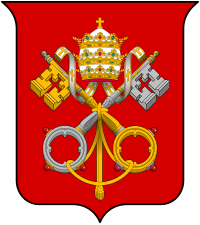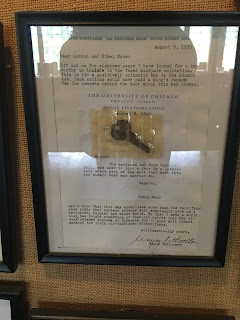Sightings of Robin Hood have been reported from all over England, however, according to legend, Robin Hood lived in Sherwood Forest. Sherwood Forest is a royal forest in Nottinghamshire in east England. The forest attracts between 360,000 to 1 million tourists annually and is home to the Major Oak, the oak tree that supposedly served as shelter for Robin Hood and his Merry Men. It weighs 23 tons and has a girth of 33 feet and a canopy of 92 feet.
To this day, nobody knows if the legend of Robin Hood was based off of a real person or not. There are accounts of men who share shocking similarities. For example, Roger Godberd served under Simon de Monfort, just like Robin Hood. He was also exiled in 1267 after fighting King Henry III, just like Robin Hood. He then lived in Sherwood Forest for 5 years before being captured in 1272. During his time, he called upon other outlaws to help him avoid the authorities. It has also been hypothesized that "Robin Hood" may have been an alias used by many thieves.
The story of Robin Hood has been told through the ages with the use of ballads, stories, books, plays and movies. Throughout time, people have forgotten that there was any truth to the story. When I think of Robin Hood, I don't think about a real-life outlaw, I think of a cute red fox in a tiny hat. Oftentimes, when people walk through the key room and see the key to the gates of Sherwood Forest, they immediately assume the key is fake and ask why we even display it. The truth is, nobody can prove that Robin Hood didn't exist. Furthermore, regardless of Robin Hood, Sherwood Forest exists.
The key we have in our collection is not accompanied by much information. All we know is that it is a key to a gate of Sherwood Forest. According to the note, the wood that is attached is from one of the trees where Robin Hood stored his arrows. Although we don't know if The One And Only Robin Hood existed, we know that outlaws lived in Sherwood Forest and his their winnings and their supplies all over the area. For all we know, the attached bark could be from the Major Oak.
Although we don't know all the facts about Robin Hood and his Merry Men, I like to think that this bark really did come from one of Robin Hood's trees. Because how incredible would it be if it did?
Until next time!
Natalie

































